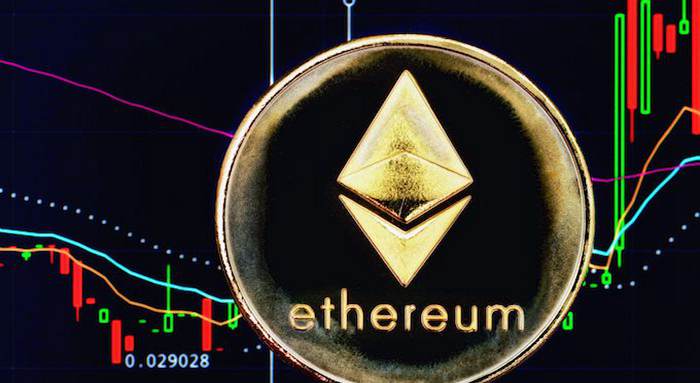In the world of blockchain and cryptocurrency, 以太幣價格 stands as a groundbreaking platform that has revolutionized the way we perceive and interact with decentralized applications. Born from the vision of programmer Vitalik Buterin in 2015, Ethereum goes beyond the capabilities of its predecessor, Bitcoin, by offering a versatile ecosystem that empowers developers to create smart contracts and decentralized applications (DApps) on its blockchain.
At the heart of Ethereum’s innovation lies its Turing-complete programming language, Solidity, which allows developers to write smart contracts that self-execute once predefined conditions are met. This ingenious feature has unlocked endless possibilities across various sectors, from finance and supply chain management to healthcare and gaming. Moreover, Ethereum’s transition from a proof-of-work (PoW) to a proof-of-stake (PoS) consensus mechanism through Ethereum 2.0 aims to enhance scalability, security, and energy efficiency.
Ethereum’s native cryptocurrency, Ether (ETH), fuels its ecosystem, serving as both a means of exchange and a store of value. The rapid growth of decentralized finance (DeFi) applications has further propelled Ethereum’s prominence, as it underpins a myriad of lending, borrowing, and trading platforms, reshaping the traditional financial landscape. However, Ethereum also faces challenges such as scalability issues, as network congestion can lead to high transaction fees and slower processing times.
In response to these challenges, Ethereum is actively exploring solutions like layer 2 scaling solutions and the integration of Ethereum 2.0 to address its limitations and create a more seamless experience for users and developers alike. As the cryptocurrency space continues to evolve, Ethereum remains at the forefront of innovation, shaping the decentralized future and inspiring a new wave of possibilities across industries.



